Last Updated on December 2, 2023 by ellen
Wondering about mindfulness for kids? Check out these tips to teach mindfulness and develop mindfulness skills in children.
Posts may be sponsored. This post contains affiliate links, which means I will make a commission at no extra cost to you should you click through and make a purchase. As an Amazon Associate I earn from qualifying purchases.
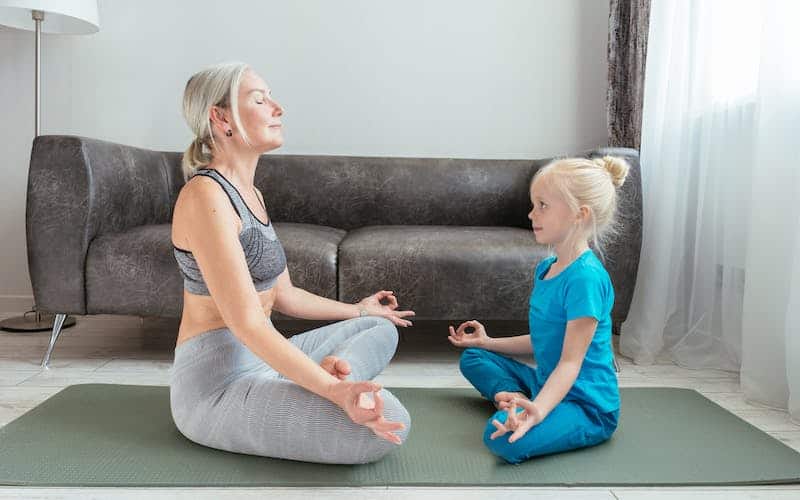
Table of Contents
Mindfulness for Kids
Mindfulness can be a superpower for kids! It helps them to fully enjoy their happy moments and also guides them through their tough times.
Keeps Stress in Check: Kids have stress too, just like adults. Mindfulness can help them to calm their minds and handle their stress better. Encourage them to de-stress and self-regulate emotions.
Boosts Focus: When kids practice mindfulness, they learn to concentrate better, making them super learners at school. Learning to stay mindful can help them pay attention in school.
Helps with Emotions: It’s sometimes tough for kids to understand their feelings. Mindfulness teaches them to accept all feelings – good and bad, helping them to better control their emotions and anxiety.
Promotes Happier Lives: Kids who practice mindfulness tend to be happier and enjoy their lives more. They become more present and appreciate the simple joys of life. This is a wonderful way to boost self-confidence.
Remember, these benefits can flow over time, with regular practice. So, encourage your little ones to start their mindfulness journey today! Teach kids about practicing mindfulness with these tips.
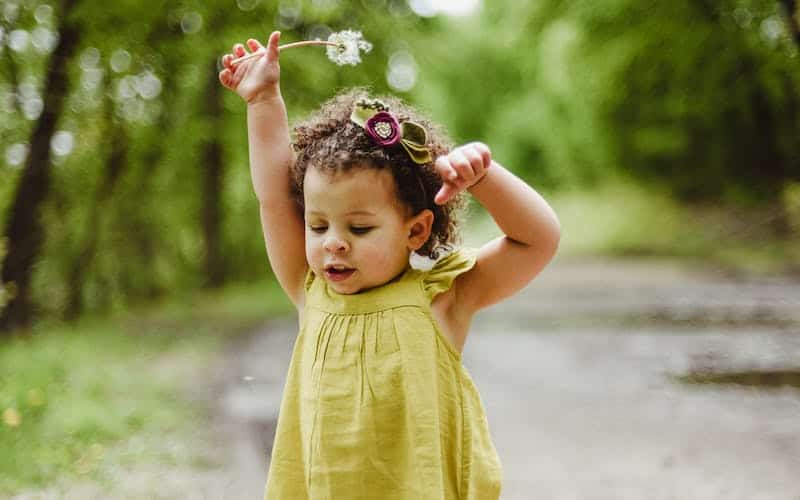
What are mindfulness skills?
Mindfulness skills often involve simple activities that help kids to focus on their senses and their environment. This includes listening attentively to sounds, observing one’s breath, or feeling the texture of an object. These skills are key to developing awareness of the present moment.
Additionally, kids can practice gratitude, which is another important mindfulness skill. Encouraging children to express thankfulness for the people and things in their lives helps promote a positive outlook. Remember, the goal is to make mindfulness a routine part of your child’s life. Start small, and gradually increase the time your kid spends on these activities.
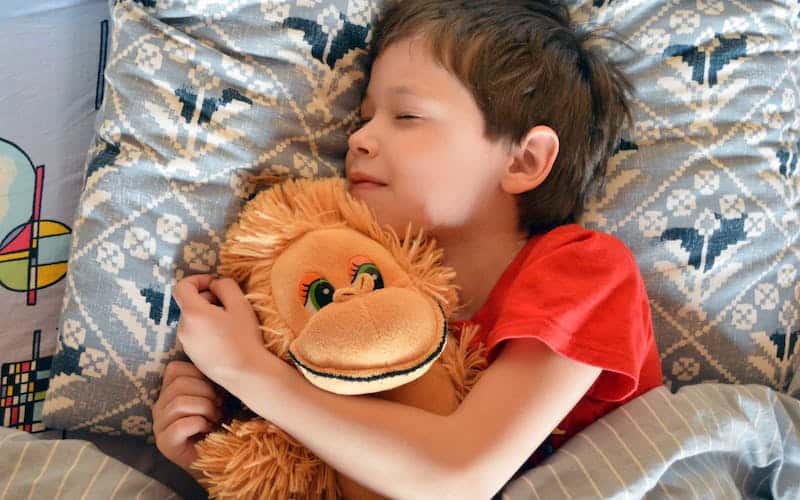
Teaching mindfulness to younger kids
For younger children, the concept of mindfulness can be introduced through fun and interactive ways such as mindful toys and gifts. These include sensory toys that stimulate the five senses – touch, taste, smell, hearing, and sight.
Touch: Soft plush toys, textured balls, or fidget toys can be great for engaging the sense of touch. They can touch, squeeze, or stroke them while noticing the sensation against their skin.
Taste: Try incorporating mindful eating where children take the time to taste and savor their food. This can also be a part of their playtime with toys like play food sets.
Smell: Scented toys or gifts such as play-dough, candles, or scratch-and-sniff stickers can help children recognize different scents and associate them with different feelings or memories.
Hearing: Musical toys or sound machines can be used to encourage kids to listen attentively to the sounds around them and be in the moment.
Sight: Visual toys like kaleidoscopes or color-changing toys can teach children to focus and appreciate the beauty of colors and patterns.
Incorporate simple words and phrases into these activities to further enhance their understanding. For example, when using a scented candle, you might say, “Can you smell the scent of the candle? It’s vanilla. How does it make you feel?” These hands-on activities can make the concept of mindfulness more tangible and relatable to younger children.
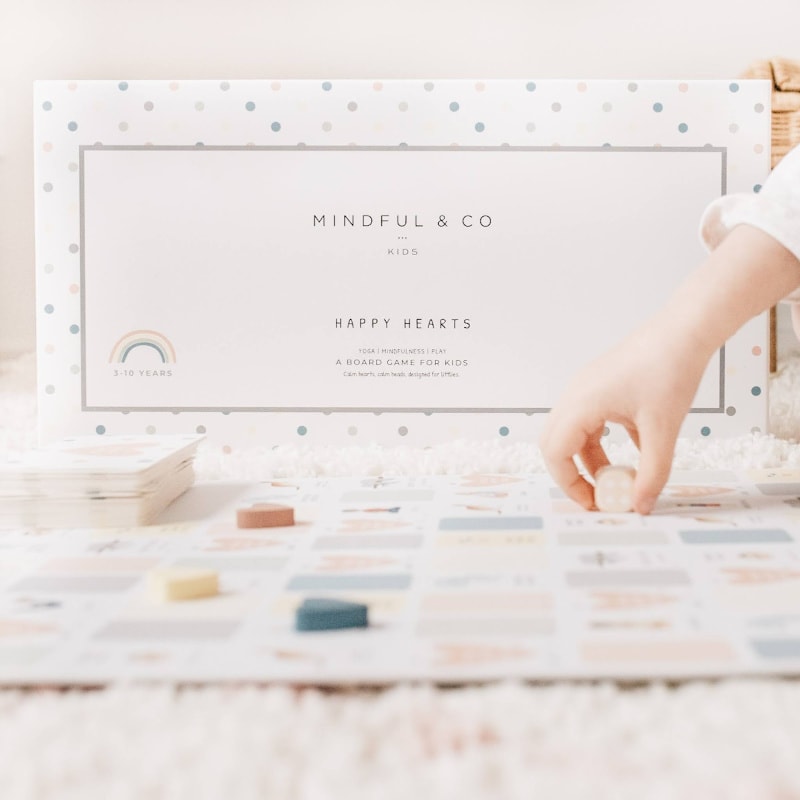
Age-appropriate mindful toys
Grasping mindfulness for kids can be difficult for toddlers. However, you can promote mindfulness by offering mindfulness toys and mindfulness activities. Here are a few options.
Mindful Happy Hearts board game
The Happy Hearts Board Game blends proven mindfulness methods like thankfulness and body awareness with fun yoga and breathing exercises. It’s a beautifully made game with hand-drawn art. This game helps kids learn, laugh, and enjoy their playtime. Get it here.
No products found.
Mindful & Company Coloring Book
Coloring can be a simple, fun, and mindful activity that makes you feel good. The Mindfulness ABCs coloring book can be used anytime for a moment of calm and focus. It combines the benefits of mindful poems and coloring, making it useful for a long time. Find it here.
Beginner Yoga Bundle.
This is the perfect set for kids who are new to yoga! Each Yoga Bundle for Beginners comes with a Kids’ Yoga Mat of your choice and simple-to-use Yoga Flash Cards. Each card shows a yoga pose and how to do it. Your child will learn not only for themselves, but they can also teach others about yoga. Teach your child to meditate by using guided meditation. Get it here.
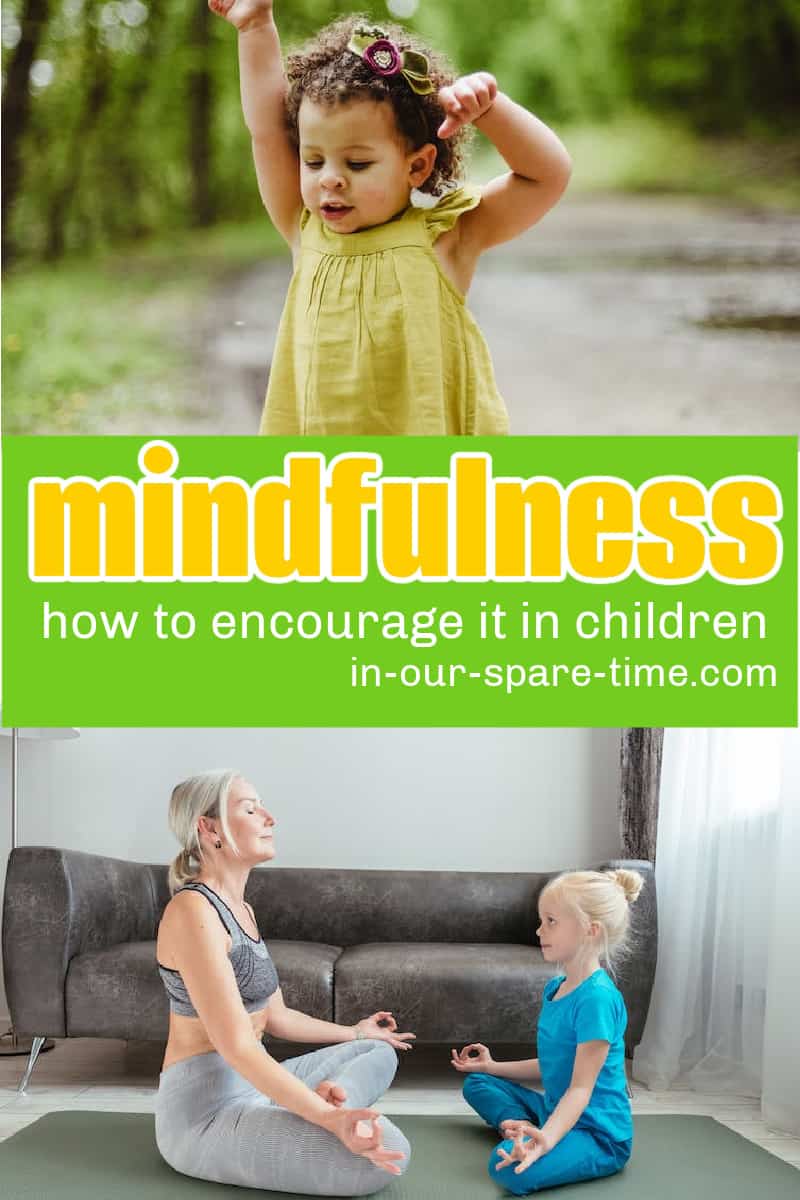
Summary of practicing mindfulness with kids
Mindfulness and Emotional Learning
Practicing mindfulness can be immensely beneficial for children’s emotional learning. It teaches them to recognize and accept their emotions, rather than suppressing or reacting impulsively to them. When a child is mindful, they can observe their feelings from a distance, understand their origins, and respond to them in a calm and balanced way. This step back allows for more thoughtful responses to emotional challenges and stressors.
Mindfulness and Self-Regulation
Self-regulation is another key skill that mindfulness helps to develop. Being in tune with their emotions and thoughts allows children to exercise better control over their actions. Mindfulness practices teach children to pause and reflect before reacting, fostering effective impulse control and reducing instances of impulsive behaviors.
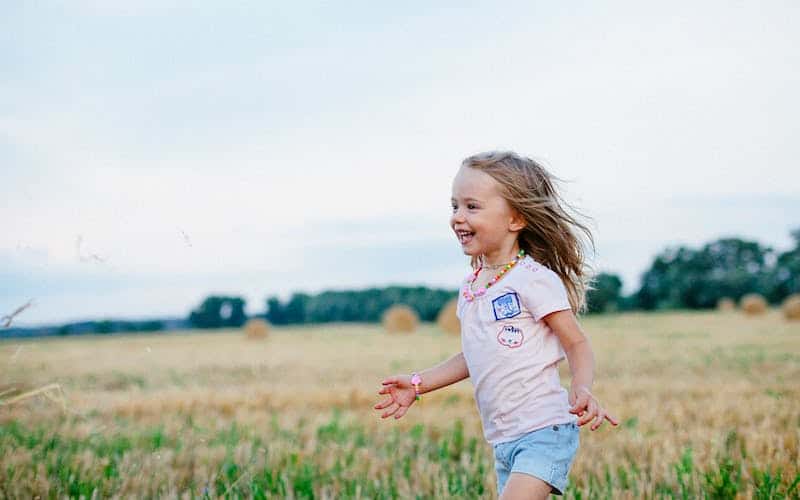
Building Confidence with Mindfulness
Children who practice mindfulness tend to exhibit higher self-confidence. This confidence stems from their improved ability to handle their emotions, increased focus, and overall sense of well-being. They become more resilient and are better equipped to navigate social situations and academic challenges.
Introducing Mindfulness with Toys
Toys can be a fun way to introduce mindfulness to kids. Sensory toys such as the Happy Hearts Board Game or the Mindfulness ABCs coloring book encourage kids to focus on their senses and the present moment. While playing with these toys, use simple words to guide their mindfulness practice. For instance, you can ask them to describe what they see, or how the toy feels to the touch. This will get them used to observing their environment mindfully.
Remember, cultivating mindfulness in children doesn’t happen overnight. It requires patience, creativity, and consistent practice. But the benefits—improved emotional health, better self-regulation, and increased self-confidence—are well worth it. Start today, and help your child embark on their mindfulness journey.
Learn to teach your child compassion.

Ellen is a mom of a 25-year-old son and 30-year-old daughter. She is Grandma to one adorable toddler. In what little spare time she has, she loves to read, watch movies, and check out the latest toys and games.